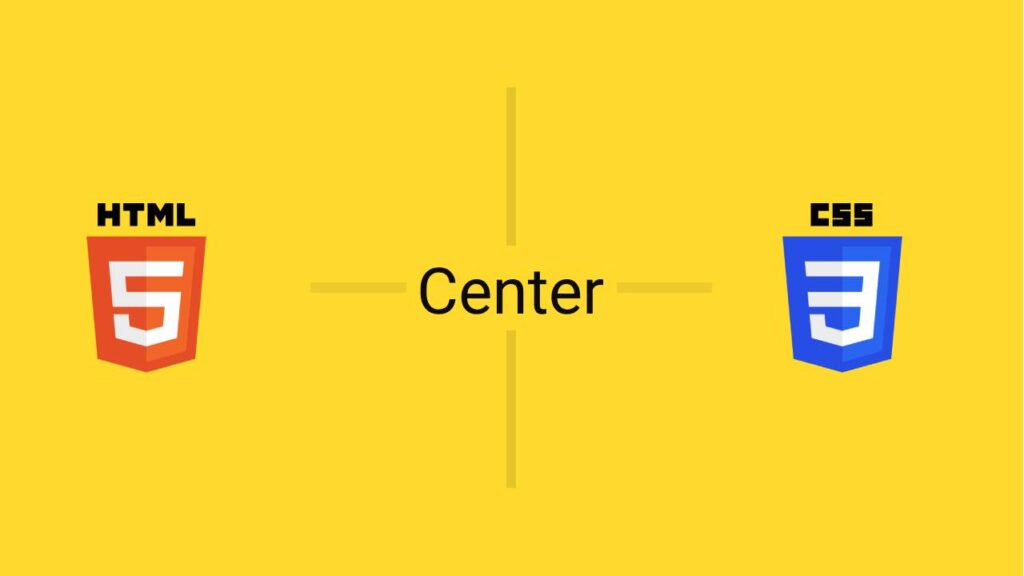
In the world of web design, centering text within a div is a fundamental task. Whether you’re a beginner or an experienced developer, mastering this skill is crucial. Let’s explore two approaches: the traditional CSS method and modern CSS techniques, each offering its own advantages.
Traditional CSS Method:
Traditionally, centering text within a div involved using a combination of properties like text-align and line-height. Here’s a typical example:
.centered-text {
text-align: center;
line-height: 200px; /* Assuming a fixed height for the div */
}
And the HTML structure:
<div class="container">
<p class="centered-text">Your text goes here</p>
</div>
While this method gets the job done, it’s based on setting line-height to vertically align the text within the div. However, it’s not always flexible, especially when dealing with responsive designs or different text sizes.
Modern CSS Techniques:
Modern CSS brings more versatile and responsive ways to center text within a div using flexbox and grid layouts.
Flexbox Approach:
.container {
display: flex;
justify-content: center;
align-items: center;
}
<div class="container">
<p>Your text goes here</p>
</div>Utilizing the flexbox model, justify-content: center and align-items: center align the text both horizontally and vertically within the div. Flexbox excels in its simplicity and responsiveness, making it a popular choice for many developers.
Grid Layout Method:
.container {
display: grid;
place-items: center;
}
<div class="container">
<p>Your text goes here</p>
</div>
With the grid layout, place-items: center horizontally and vertically centers the text within the container. While slightly more robust and offering grid-specific features, it might be considered overkill for simple centering tasks.
Conclusion:
Both traditional and modern CSS approaches have their merits. The traditional method using text-align and line-height remains effective for basic centering. However, modern CSS techniques such as flexbox and grid layouts offer more flexibility, responsiveness, and cleaner code for centering text within a div.
As the web development landscape evolves, mastering these modern CSS methods will be increasingly valuable for crafting versatile and responsive designs.
Experiment with these techniques and choose the method that best suits your project’s needs!
Remember, practice makes perfect in the world of CSS!
Happy coding!
FAQ
- Why is centering text within a div important in web design?
- Centered text enhances visual hierarchy and readability, improving user experience.
- Are traditional CSS methods still relevant for text centering?
- Yes, traditional methods like
text-align: centerandline-heightare effective for basic centering needs.
- Yes, traditional methods like
- What are the advantages of modern CSS techniques like flexbox and grid layout for text centering?
- Flexbox and grid layouts offer flexibility, responsiveness, and better control over complex layouts.
- Do traditional CSS methods face challenges in responsive designs?
- Yes, traditional methods may struggle with responsiveness across different screen sizes or text variations.
- How should one decide between traditional and modern CSS methods for text centering?
- Consider the project’s complexity and responsiveness needs. Choose traditional methods for simpler layouts and modern CSS techniques for more intricate designs.
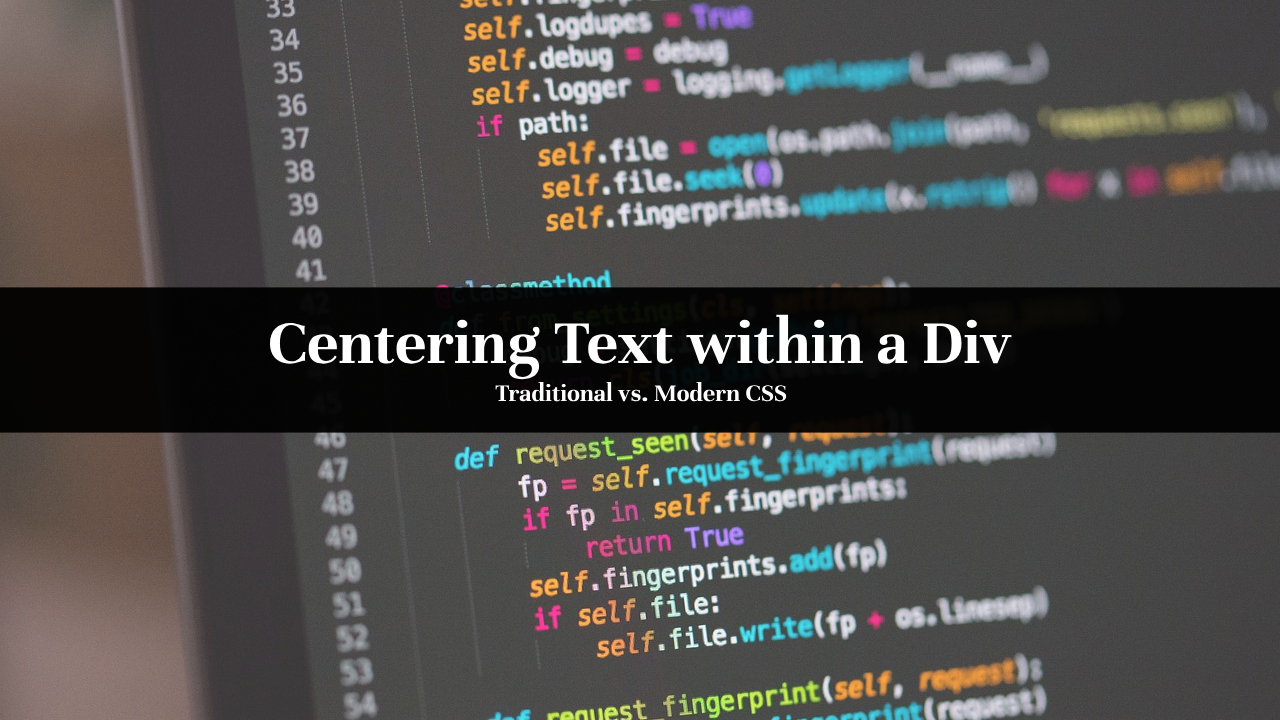
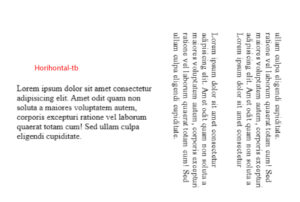
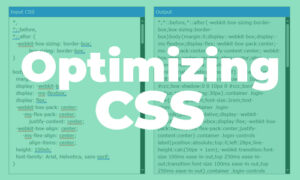
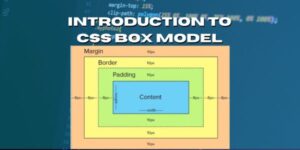
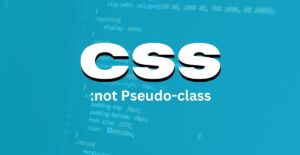
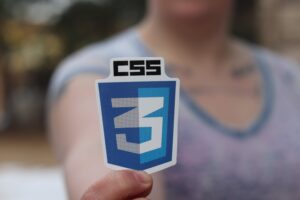
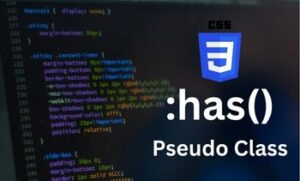
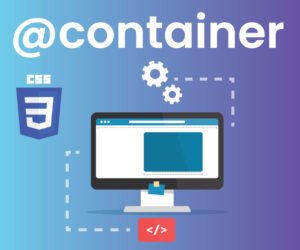
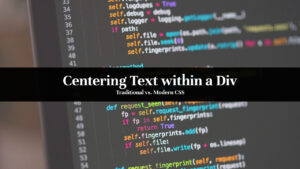
1 thought on “Centering Text within a Div: Traditional vs. Modern CSS”
Comments are closed.